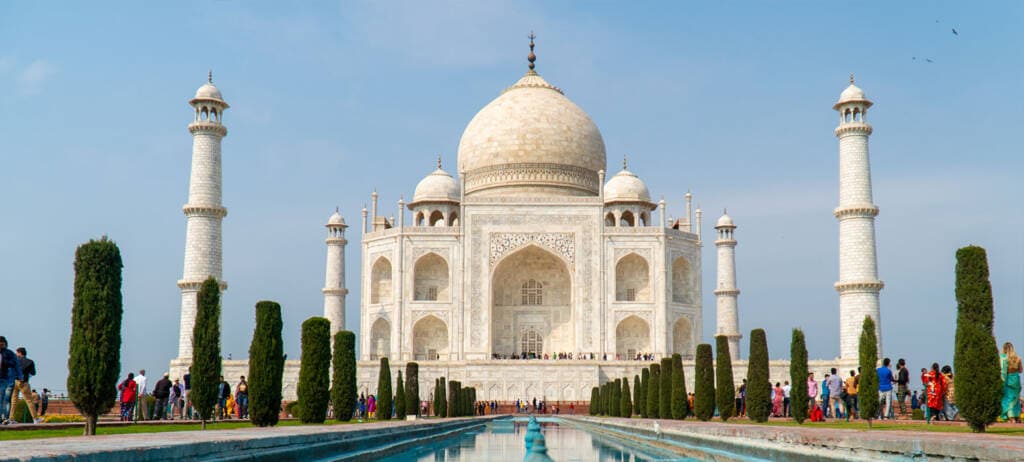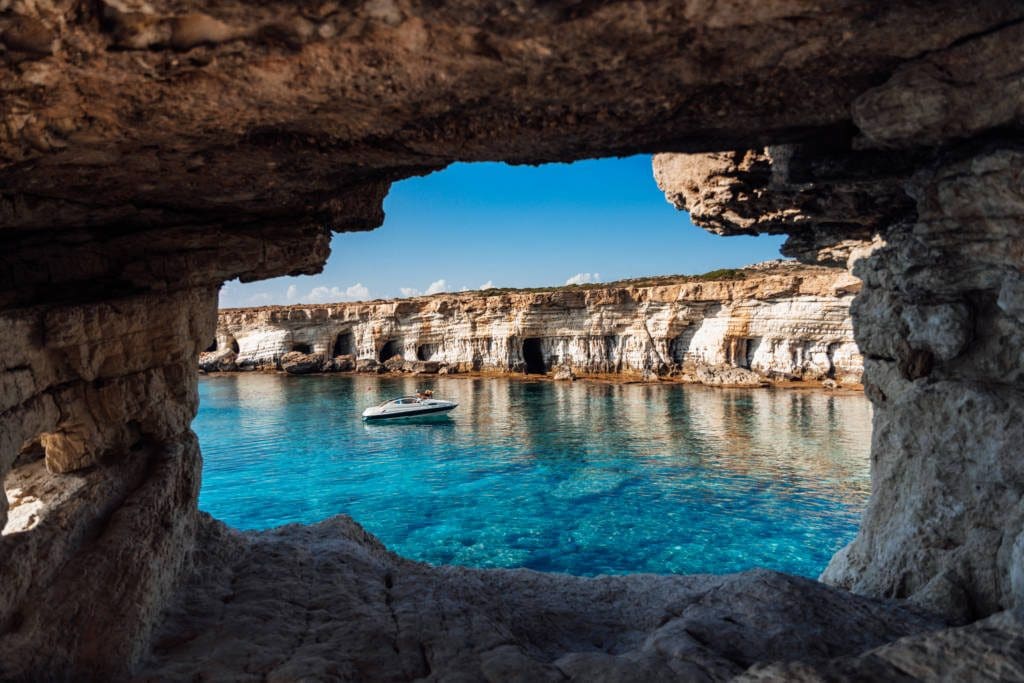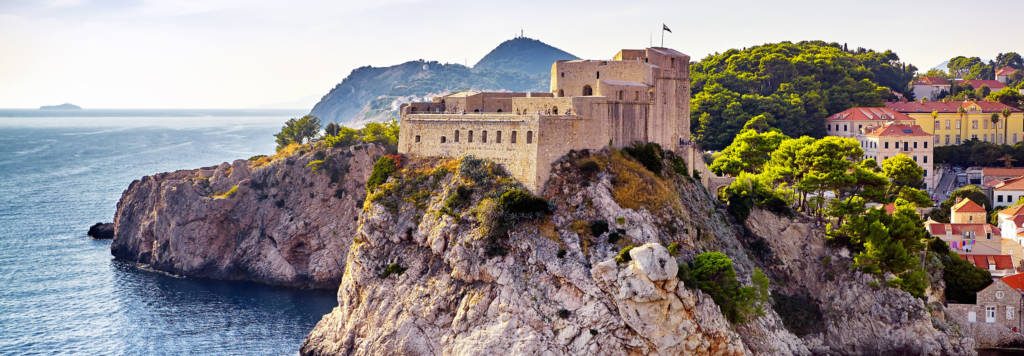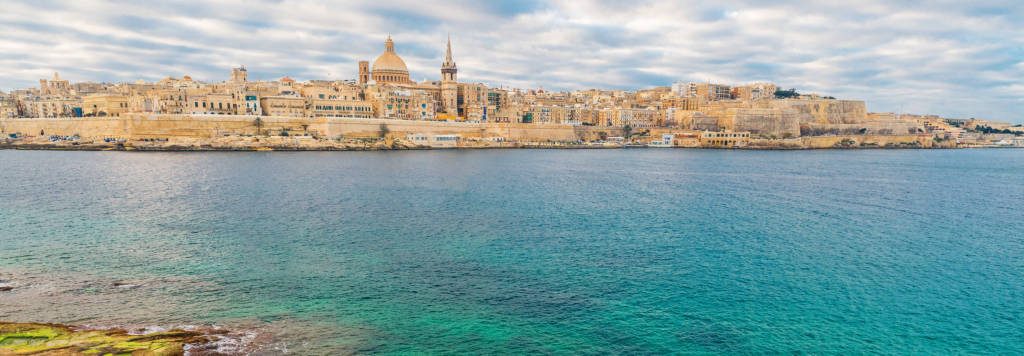Past Semester at Sea Voyages
Explore itineraries, courses, and faculty/staff from Semester at Sea voyages that have sailed in the past two years.
Past Voyages

January 05 — April 20
Germany Ghana India Kenya Malaysia Morocco Mozambique Portugal South Africa Thailand

September 09 — December 22
Belgium Gibraltar (UK) Greece Malaysia Malta Mauritius South Africa Spain Thailand Vietnam

January 05 — April 20
Croatia Cyprus Greece India Jordan Kenya Morocco Portugal Spain Suez Canal Transit

September 09 — December 22
Croatia Cyprus Greece India Jordan Kenya Morocco Portugal Spain Suez Canal Transit

January 05 — April 20
Croatia Cyprus Denmark France Gibraltar (UK) Greece Malta Portugal Scotland Spain Sweden